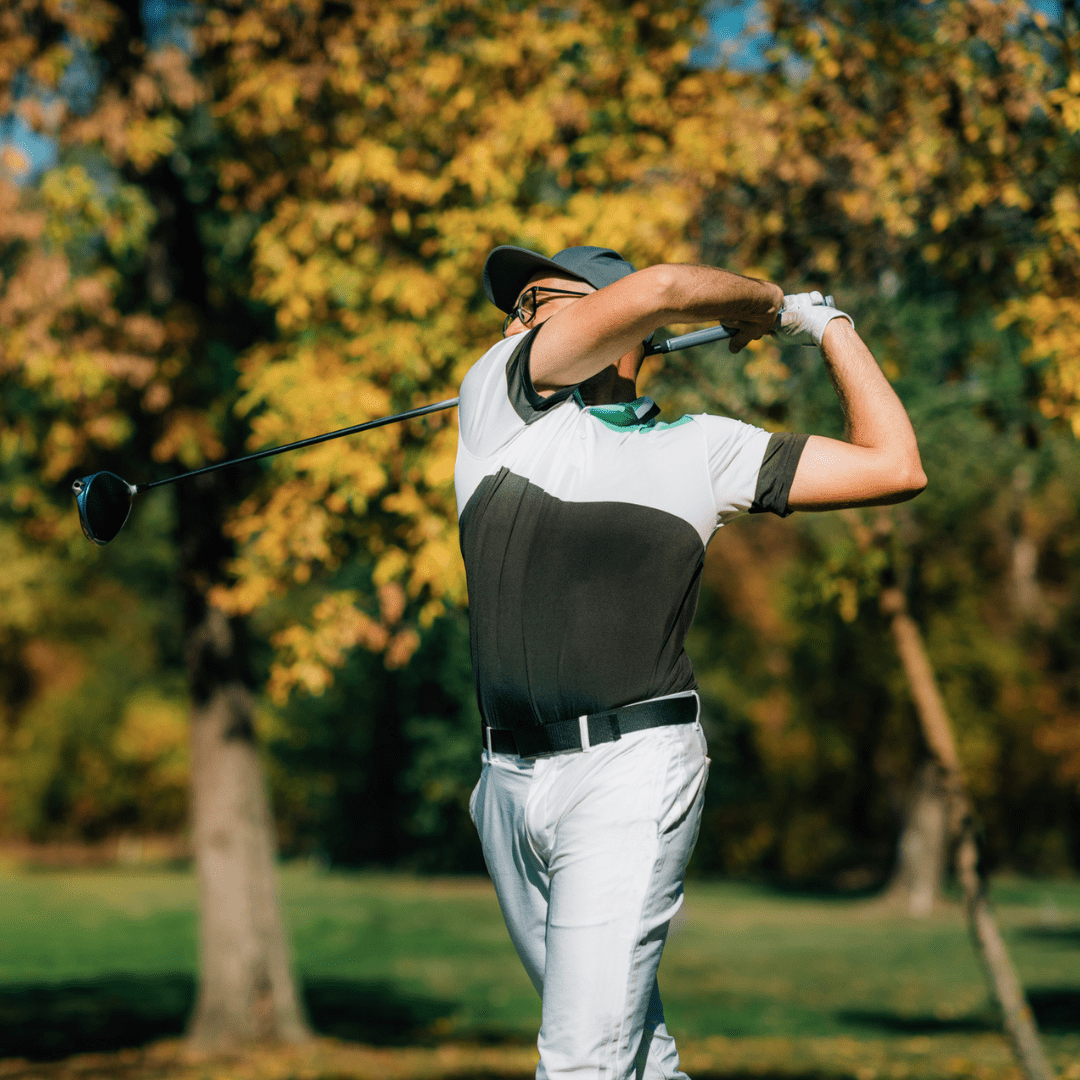
Featured Doctor
Andrew Greenberg, MD
Get to know Dr. Andrew Greenberg, board-certified and fellowship-trained hand and upper extremity surgeon at Orthopaedic Associates of Manhasset.
View Profile

Overuse injuries can occur throughout the body due to repetitive motion over time. While you might experience immediate pain after an acute traumatic event, there is a slower onset for pain that stems from an overuse injury.
Here’s an overview of the most common overuse injuries in the hand, wrist, elbow and shoulder along with prevention tips and treatment options.
Hand & Wrist
The most common overuse injury of the hand is tendonitis, which can come in the form of extensor carpi ulnaris (ECU) tendonitis, flexor carpi radialis (FCR) or finger flexor tendonitis. Tendonitis is inflammation of a tendon, varying from arthritis which is defined as inflammation of a joint itself.
With most overuse injuries, the best treatment is to underuse that joint. Usually, the body can resolve the inflammation on its own. However, depending on where the overuse motion is, it might be difficult to give it rest. In that case, oral anti-inflammatory medications can be helpful. For wrist tendonitis specifically, wrist braces can help limit usage to allow the body to heal. Cortisone injections can also provide pain relief. Only in very rare cases is surgical intervention recommended for overuse injuries in the hand.
While overuse injuries cannot be completely prevented, there are techniques that can reduce your risk of injury such as wrist positioning for tennis or golf. Sometimes using a wider grip or modifying how hard you grip the golf club can decrease the potential for an overuse injury.
Elbow
The most prevalent overuse injuries in the elbow are tennis elbow and golfer’s elbow – ironically, both of which are not medically associated with the sport they are named after.
Tennis elbow affects the outside of the elbow while golfer’s elbow affects the inside. You can get tennis elbow as a golfer, and vice versa – or even if you don’t play any sports at all. That said, if you have tennis elbow and do play tennis, you will likely feel more pain while you play.
Patients with tennis elbow experience pain that radiates from the elbow down into the top of the forearm and into the wrist. With golfer’s elbow, it typically doesn’t radiate as much, yet it might hurt when you hold your arm out for motions such as hanging up a coat in a closet.
Physical therapy is a great treatment option for tennis elbow and golfer’s elbow. Other conservative treatment options include: modifying activities, decreasing the volume of activities, adjusting techniques, oral anti-inflammatory medications, cortisone injections, PRP injections. If the pain is too great, surgical treatment works well for these elbow conditions.

Shoulder
The most common shoulder overuse injuries are rotator cuff tendonitis or bursitis, biceps tendonitis and acromioclavicular (AC joint) arthritis. When people have rotator cuff tendonitis, they often complain of pain on the outside of the shoulder, not in the actual shoulder itself. The pain can radiate down the arm and typically bothers people most at night when they’re trying to sleep. If you have biceps tendonitis, the pain is similar but will radiate down the front of the
shoulder instead.
For those experiencing shoulder overuse injuries, oral anti-inflammatory medications, rest and physical therapy can provide pain relief. Depending on the severity of the rotator cuff tear or tendonitis, a rotator cuff repair or debridement is often performed. A full tear in a younger, athletic patient will likely indicate surgery (along with some partial tears) while older patients can often delay surgical intervention by trying conservative treatments.
Overall, it’s not always possible to completely prevent overuse injuries, but sometimes changing techniques or adjusting how you move your joints can help decrease pain and inflammation.




